Ensuring Pet Safety and Socialization in Parks and Public Spaces

Socializing pets is essential for their overall well-being and behavior. Parks and public spaces provide excellent opportunities for pets to interact with other animals and people. However, ensuring their safety in these environments is paramount. Here are several suggestions for safely socializing your pets in parks and other public places.
1.Choose the Right Location

Not all parks or public spaces are suitable for pet socialization. Before heading out, research local parks to find those that are pet-friendly and have designated areas for dogs. Look for parks with enclosed spaces, which can prevent pets from wandering off and ensure a safer environment for socialization.
Key Points to Consider:
Enclosed Areas: Choose parks with fenced areas to minimize the risk of escape.
Crowd Levels: Visit during off-peak hours to avoid overwhelming your pet with too many people or animals.
2.Proper Leashing Techniques
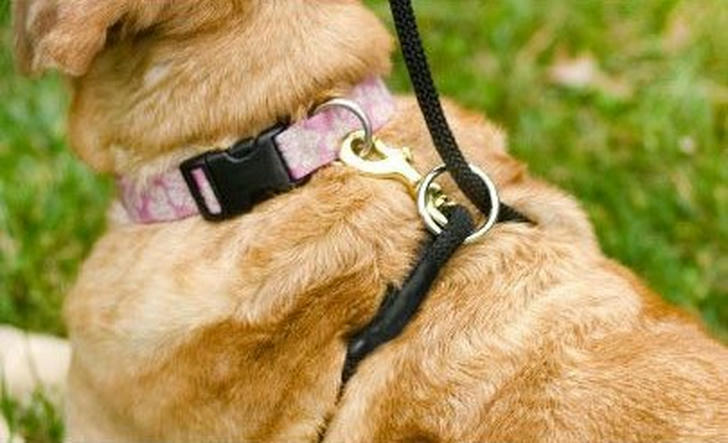
Using the right leash and harness is crucial for your pet's safety. A standard leash is often more effective than a retractable one, as it provides better control. Additionally, ensure that your pet is wearing a well-fitted harness or collar to prevent slipping out during interactions.
Recommendations:
Leash Length: Use a leash that allows some freedom without compromising control—usually 4 to 6 feet is ideal.
Harness Type: Opt for a harness designed for your pet's size and breed to avoid injury.
3.Introduce New Environments Gradually
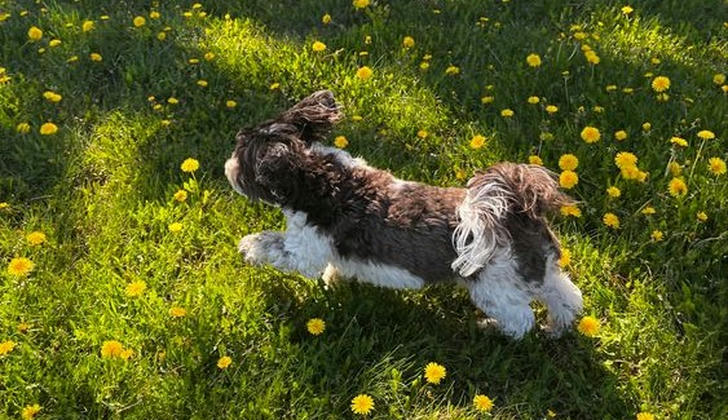
Before diving into busy parks, acclimate your pet to different environments gradually. Start with quieter settings and slowly increase the level of distraction. This gradual exposure helps your pet build confidence and reduces anxiety.
Steps for Gradual Introduction:
Short Visits: Begin with short visits to the park, gradually increasing the duration as your pet becomes more comfortable.
Controlled Environments: Use quieter parks or less crowded times to ease the transition.
4.Positive Reinforcement Training
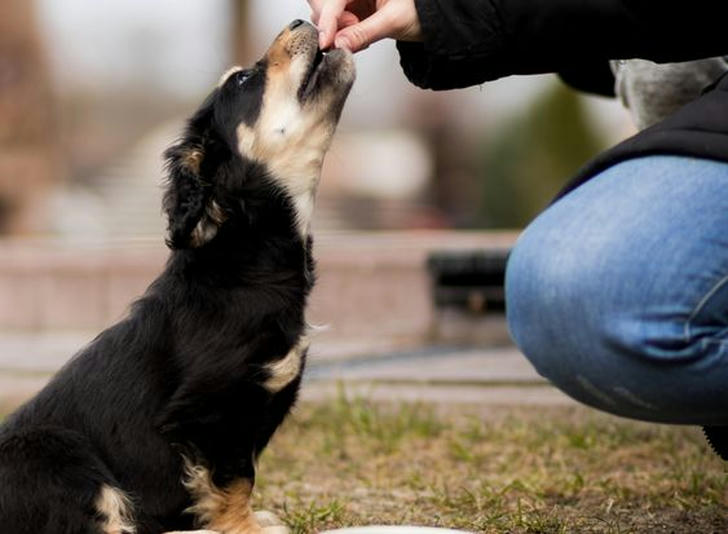
Positive reinforcement is one of the most effective training methods for socializing pets. Rewarding good behavior with treats, praise, or playtime encourages your pet to associate social interactions with positive experiences.
Training Tips:
Carry Treats: Always have treats on hand to reward your pet when they behave well in social situations.
Praise and Play: Use verbal praise and play as additional rewards to reinforce positive behavior.
5. Monitor Body Language
Understanding your pet's body language is essential for ensuring their comfort during socialization. Look for signs of stress or anxiety, such as tail tucking, growling, or excessive panting. If your pet shows signs of discomfort, it may be time to take a break or remove them from the situation.
Signs of Stress:
Tail Position: A tucked tail may indicate fear or discomfort.
Ears Back: Flattened ears can signal anxiety or aggression.
Vocalization: Growling or whining may indicate a need for space.
6.Socialization with Other Pets
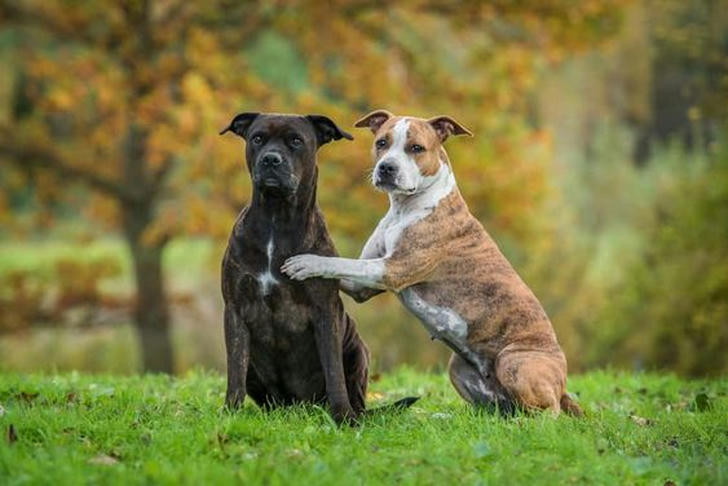
When introducing your pet to other animals, approach the situation calmly. Allow them to meet on neutral ground, which can help reduce territorial behavior. Keep your pet on a leash and observe their reactions closely.
Guidelines for Interacting with Other Pets:
Slow Introductions: Allow pets to sniff each other while on leashes, maintaining a safe distance at first.
Watch for Aggression: Be prepared to intervene if either animal shows signs of aggression.
7. Ensure Vaccinations Are Up to Date
Before visiting parks or public spaces, ensure your pet is up to date on vaccinations. This protects not only your pet but also others they may come into contact with. Additionally, consider using flea and tick prevention products, especially in wooded areas.
Importance of Vaccinations:
Health Risks: Unvaccinated pets are at higher risk for diseases that can spread in public areas.
Community Safety: Keeping your pet healthy helps protect other animals in the park.
8. Bring Essential Supplies
Having the right supplies on hand can make outings safer and more enjoyable for both you and your pet. Consider bringing the following items:
Essential Supplies:
Water and Bowl: Keep your pet hydrated, especially during warm weather.
Waste Bags: Clean up after your pet to maintain hygiene and respect for public spaces.
First Aid Kit: A basic first aid kit can help address minor injuries that may occur during your outing.
9. Educate Yourself About Local Pet Laws
Familiarize yourself with local laws and regulations regarding pets in public areas. Some parks may have specific rules, such as leash requirements or designated pet-free zones. Understanding these regulations can help avoid fines and ensure a smooth outing.
Local Regulations to Research:
Leash Laws: Many areas require pets to be leashed at all times.
Designated Areas: Some parks may have specific areas for pets, while others may not allow pets at all.
10.Be Patient and Observant
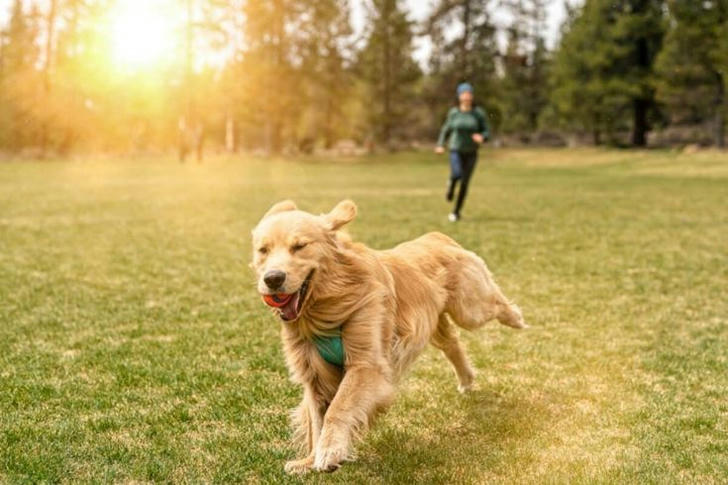
Socializing pets can take time, and each animal is unique in their comfort levels. Be patient and observant, allowing your pet to set the pace for interactions. If they seem overwhelmed, take a step back and give them the space they need.
Final Thoughts:
Gradual Exposure: Understand that socialization is a process, and gradual exposure is key.
Individual Needs: Each pet may require different approaches; adapt your strategy based on their behavior.
Conclusion
Ensuring your pet's safety while socializing in parks and public spaces is essential for their well-being and your peace of mind. By choosing the right location, using proper leashing techniques, gradually introducing new environments, and monitoring their behavior, you can create positive experiences that enhance their social skills. Remember, patience and consistency are vital to successful socialization, allowing your pet to thrive in various situations.
